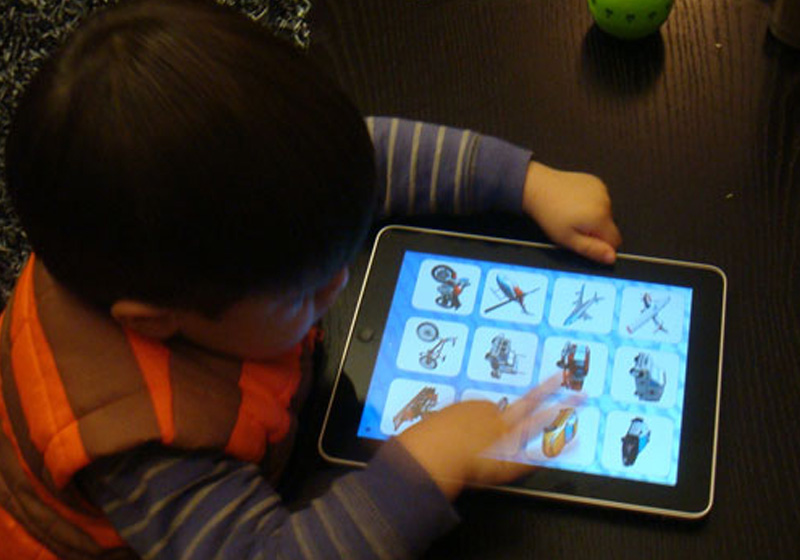If you have kids or teenagers at home, chances are you have a complicated relationship with screens.
On one hand, you know that capturing monsters in Pokemon Go or taking a portal to the Nether in Minecraft is probably not the healthiest way for your kids to spend the afternoon.
On the other hand, they are so happy and quiet when they are bathed in the glow of a smartphone, tablet or TV. And some of those apps and shows have educational value, right? What if your child is tracing letters or learning to count? Can screen time ever be beneficial?
To provide some guidance to parents grappling with these vexing issues, the American Academy of Pediatrics has issued new guidelines for how children should spend time in front of all types of screens.
The recommendations are based on dozens of studies on screen time and its effect on the emotional and physical health of kids of all ages. They also incorporate evidence about whether young children really do learn from apps and TV shows.
However, the authors of the guideline noted that the digital landscape is changing faster than researchers can study it.
Here's the latest advice from pediatricians for managing your kids' screen time.
[...]
Use of mobile devices like smartphones has risen dramatically in the last few years. When the Kaiser Family Foundation began surveying parents in 2011, they found that 52% of children ages 8 and under had access to a mobile device. By 2013, that figure had jumped to 75%.
Other studies have shown that most babies start interacting with digital media at the tender age of 4 months, and that most 2-year-olds use a mobile device on a daily basis.
[...]
Some studies have shown that 1-year-olds can learn new words from certain kinds of videos, but only if a parent watches the video with the child and reteaches the words.
[...]
In a 1996 study of 5- to 10-year-olds in the U.S., researchers found that the odds of being overweight were 4.6 times greater for children who watched more than five hours of TV a day than for those who watched no more than two hours.
[...]
Source latimes.com
On one hand, you know that capturing monsters in Pokemon Go or taking a portal to the Nether in Minecraft is probably not the healthiest way for your kids to spend the afternoon.
On the other hand, they are so happy and quiet when they are bathed in the glow of a smartphone, tablet or TV. And some of those apps and shows have educational value, right? What if your child is tracing letters or learning to count? Can screen time ever be beneficial?
To provide some guidance to parents grappling with these vexing issues, the American Academy of Pediatrics has issued new guidelines for how children should spend time in front of all types of screens.
The recommendations are based on dozens of studies on screen time and its effect on the emotional and physical health of kids of all ages. They also incorporate evidence about whether young children really do learn from apps and TV shows.
However, the authors of the guideline noted that the digital landscape is changing faster than researchers can study it.
Here's the latest advice from pediatricians for managing your kids' screen time.
[...]
Use of mobile devices like smartphones has risen dramatically in the last few years. When the Kaiser Family Foundation began surveying parents in 2011, they found that 52% of children ages 8 and under had access to a mobile device. By 2013, that figure had jumped to 75%.
Other studies have shown that most babies start interacting with digital media at the tender age of 4 months, and that most 2-year-olds use a mobile device on a daily basis.
[...]
Some studies have shown that 1-year-olds can learn new words from certain kinds of videos, but only if a parent watches the video with the child and reteaches the words.
[...]
In a 1996 study of 5- to 10-year-olds in the U.S., researchers found that the odds of being overweight were 4.6 times greater for children who watched more than five hours of TV a day than for those who watched no more than two hours.
[...]
Source latimes.com























